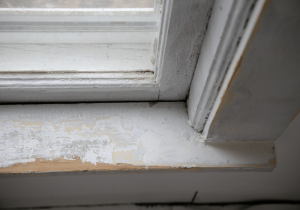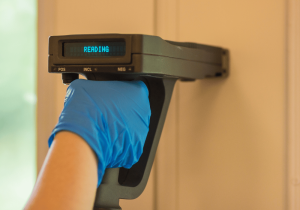When it comes to safeguarding your family’s health and your home’s value, understanding the risks of lead exposure is vital, especially in older Ontario homes. With many of these homes built before strict regulations on lead use, hidden lead hazards could pose serious health threats. Conducting lead testing is a proactive step to address these dangers and ensure a safe living environment.
The Legacy of Lead in Older Ontario Homes
 Homes built before the mid-1980s often contain significant lead hazards. During that time, lead was a common component in materials like paint, pipes, and plumbing systems. While durable, lead-based materials are now widely known for their toxic effects.
Homes built before the mid-1980s often contain significant lead hazards. During that time, lead was a common component in materials like paint, pipes, and plumbing systems. While durable, lead-based materials are now widely known for their toxic effects.
Over time, lead-laden paint can deteriorate, chipping or generating dust that spreads through living spaces. Lead pipes, on the other hand, can leach lead into drinking water, causing long-term exposure for unsuspecting residents. For homeowners in Ontario, where historical properties are celebrated, this legacy of lead poses unique challenges. Routine lead testing is essential to identify and address these hidden risks proactively.
Lead exposure doesn’t just affect your property—it impacts health too. Even minimal contact can lead to severe health problems, particularly for children and pregnant women. Long-term risks include developmental delays, neurological damage, and kidney dysfunction. For this reason, regulating lead presence in older homes has become a key public health priority across Ontario.
Ontario’s Older Housing Stock and Lead Risks
Ontario is home to some of Canada’s oldest residential neighbourhoods, filled with character-rich houses that date back several decades. While the charm of these properties is undeniable, age can be a red flag when it comes to lead.
According to health professionals, homes built before 1978 have the highest likelihood of containing lead paint or plumbing. Some of these decorative features might look harmless to the naked eye but, beneath the surface, they can be teeming with hazardous materials.
Aging infrastructure only worsens the problem. Peeling paint, leaky plumbing, and outdated fixtures all increase the risk of contamination. Since lead exposure has no safe threshold, addressing these risks through comprehensive lead testing ensures peace of mind and long-term safety for Ontario homeowners.
The Benefits of Professional Lead Testing
Investing in professional lead testing provides an accurate assessment of your home’s safety. Certified inspectors use advanced tools and methods to identify lead hazards in areas you might overlook, like window frames, soil, and even tap water.
While store-bought kits may seem like a convenient alternative, they often lack reliability compared to professional inspections. Experts can provide detailed insights, suggest effective remediation strategies, and even help homeowners comply with provincial regulations around lead contamination.
Timely lead testing doesn’t just protect your health—it also protects your investment. For anyone planning to sell or renovate their home, having a lead-free certification boosts property value and builds trust with prospective buyers. Simply put, professional testing offers both immediate and long-term benefits that are hard to ignore.
Addressing Lead Hazards Safely and Effectively
 Once lead testing has identified problem areas, taking decisive action is crucial. One approach is lead abatement, which involves removing or replacing materials that contain lead. This process requires trained professionals to minimize contamination risks during removal.
Once lead testing has identified problem areas, taking decisive action is crucial. One approach is lead abatement, which involves removing or replacing materials that contain lead. This process requires trained professionals to minimize contamination risks during removal.
Another option is encapsulation—sealing off lead-based materials with specialized coatings to prevent exposure. For less severe cases, interim controls like moisture management and routine cleaning may reduce risks until more permanent solutions are feasible.
Regardless of the remedy, periodic lead testing ensures that safety measures remain effective over time. By committing to routine inspections, Ontario homeowners can maintain healthier households while preserving the structural integrity of their historic properties.
Why Waiting Is Not an Option
Lead poisoning often occurs silently, with symptoms manifesting long after exposure. This delay can mask underlying health issues tied to contaminated homes. Without regular lead testing, Ontario families could face unnecessary health and financial challenges down the line.
Beyond personal health, ignoring lead hazards can lead to costly regulatory penalties, especially during real estate transactions or municipal inspections. Acting now not only protects your family’s well-being but also demonstrates your responsibility as a homeowner in one of Canada’s oldest and most beautiful regions.
Implementing regular lead testing showcases a commitment to preventative action and secures the generational value of Ontario’s aging housing stock. For those living in older homes, it’s a small step with immeasurable long-term rewards.
For Ontario homeowners, lead testing isn’t just a precaution—it’s a necessity. With many older homes containing legacy materials that pose risks to health and safety, professional inspections serve as the first line of defence. Whether you’re protecting your family, complying with regulations, or preserving the market value of your property, addressing lead hazards proactively pays dividends. By acting early and enlisting the help of certified professionals, homeowners can transform a potential hazard into an opportunity for safer, cleaner living. Investing in lead testing is more than upkeep—it’s peace of mind for you and your loved ones.

